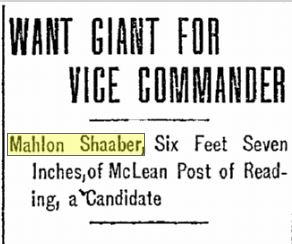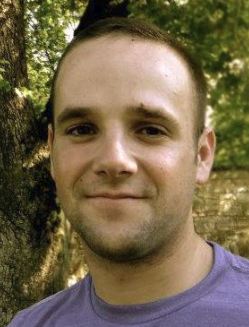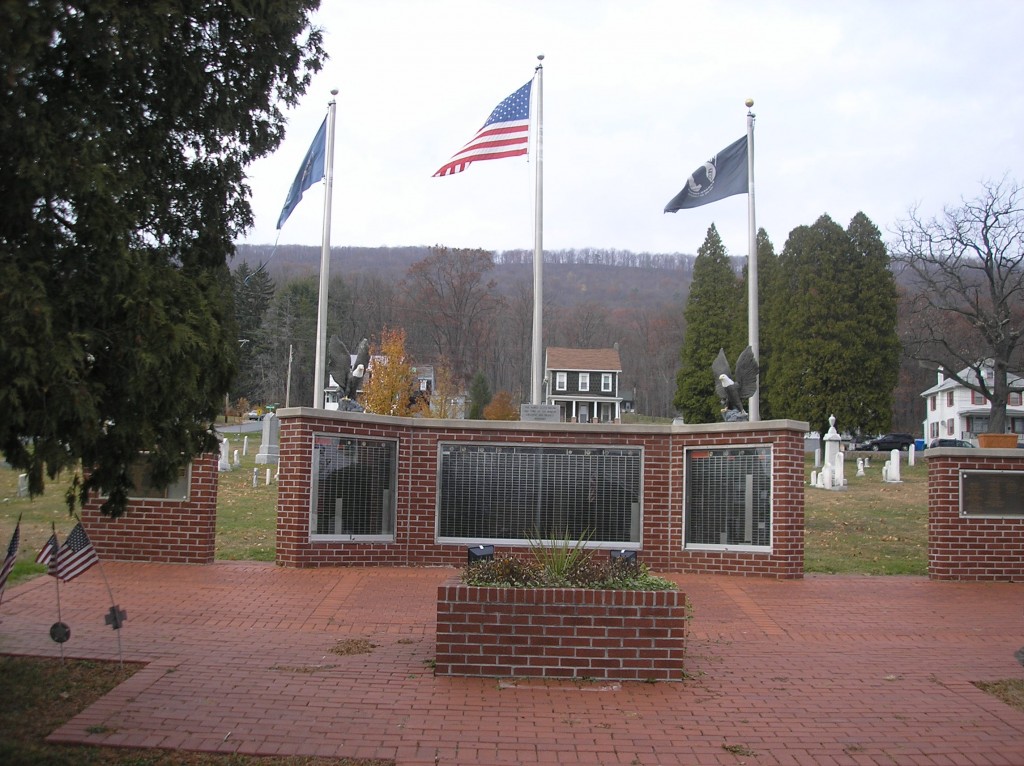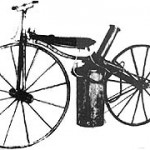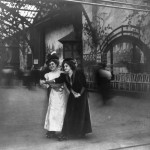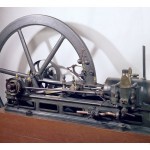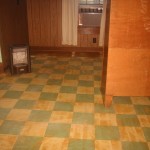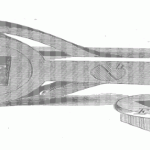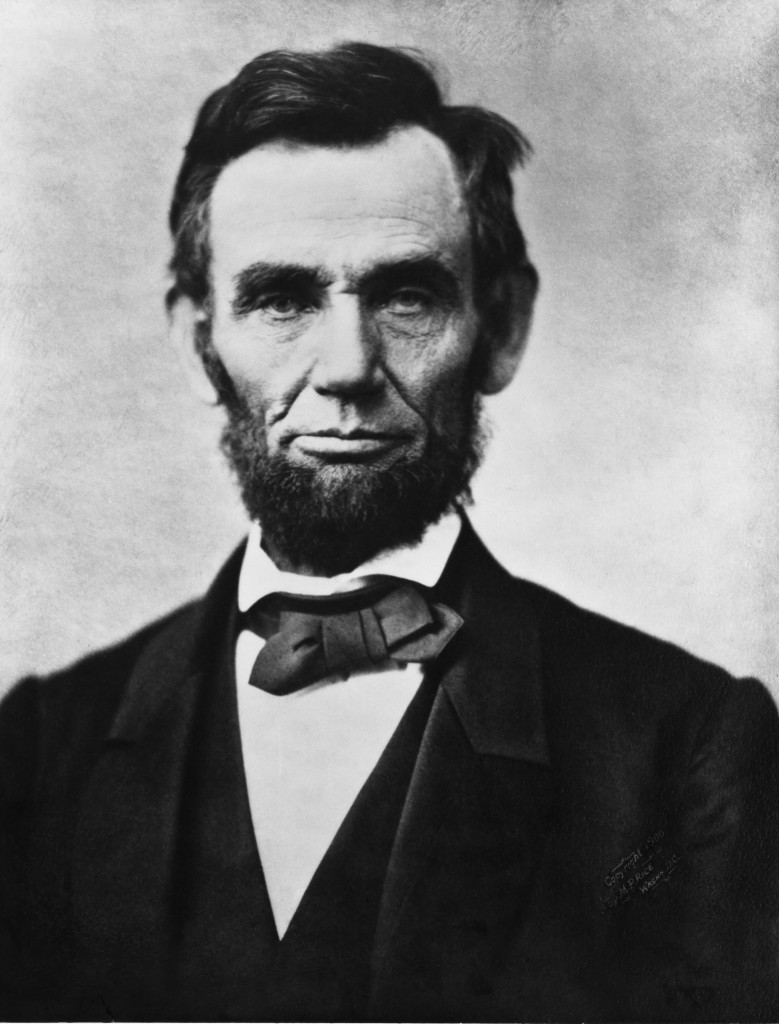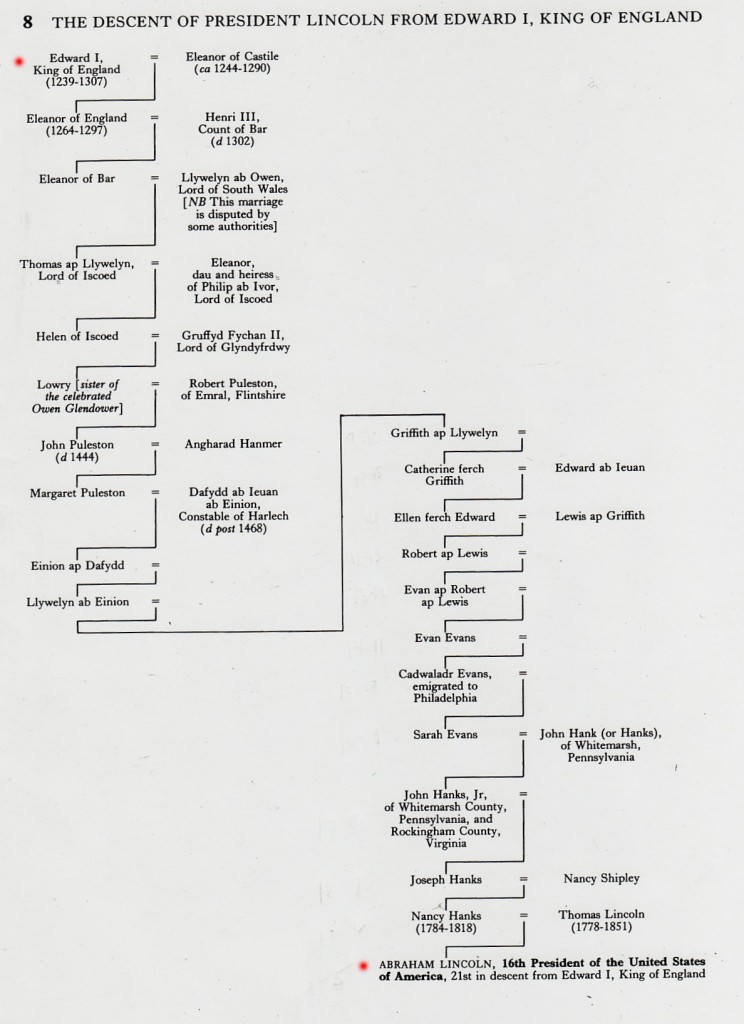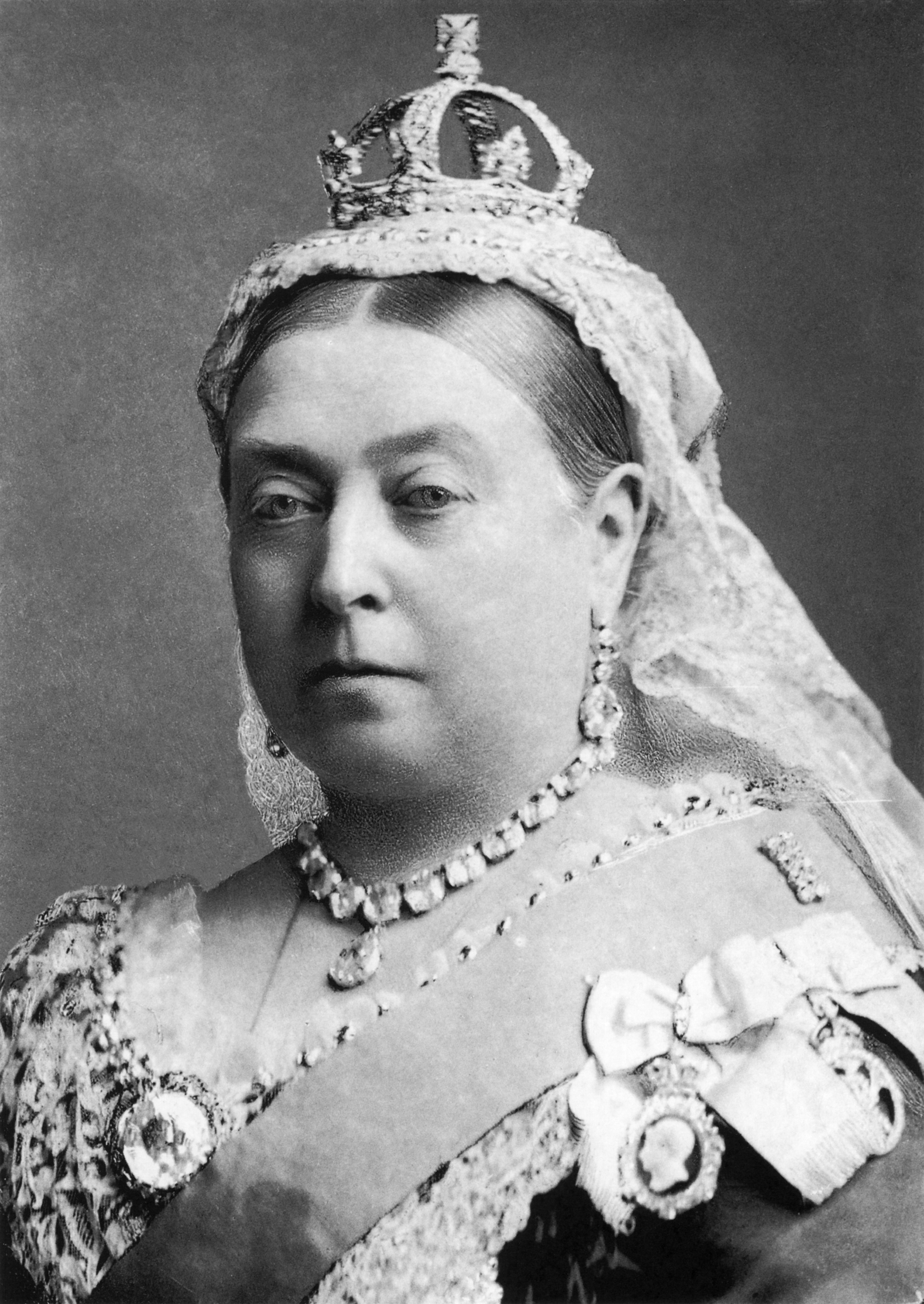Mahlon Shaaber – Tallest Soldier of the Civil War
Posted By Norman Gasbarro on January 2, 2013
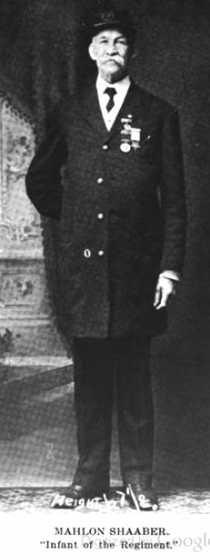 It is very possible that Mahlon Shaaber (1844-1917), standing at more than six foot seven inches, was the tallest soldier in the Civil War. The portrait of him, taken in his G.A.R. uniform some time after 1900, shows him standing alone, but another picture, known to have been taken in 1910 in Atlantic City (below), compares him to a man who may have been the shortest Civil War veteran, Benjamin F. Smith (1846-1918) of Millersburg, Dauphin County.
It is very possible that Mahlon Shaaber (1844-1917), standing at more than six foot seven inches, was the tallest soldier in the Civil War. The portrait of him, taken in his G.A.R. uniform some time after 1900, shows him standing alone, but another picture, known to have been taken in 1910 in Atlantic City (below), compares him to a man who may have been the shortest Civil War veteran, Benjamin F. Smith (1846-1918) of Millersburg, Dauphin County.

Mahlon Shaaber, who was also found in the records as Mahlon Schauber, Mahlon Shauber, and Mahlon Sharaber, was born in Pennsylvania, 12 April 1844.
During the Civil War he served in three enlistments. After enrolling at Reading, Berks County, Pennsylvania, he was mustered into the 93rd Pennsylvania Infantry, Company B, as a Private, in Lebanon, Lebanon County, 27 October 1861. His occupation at the time was “machinist,” and he gave his residence as Reading, according to the information on the Pennsylvania Veterans’ Index Card. After a while, he was promoted to Corporal. It was during this service that he had a chance meeting with Abraham Lincoln who was reviewing the troops:
Abraham Lincoln liked to ask exceptionally tall men to stand with him, back to back, in order to compare measurements. He was rarely topped, because wearing a very tall silk hat, he measured almost seven feet from head to toe.
Headed for a visit with Maj. Gen. Ambrose Burnside, Lincoln stopped at Aquia Creek, Virginia, to review troops. Almost as soon as he entered the encampment, the federal commander in chief spotted a lanky member of the 93rd Pennsylvania Regiment. Gesturing, the president let Mahlon Shaaber know that he wanted a word with him. “Turn around, young fellow,” he is alleged to have said, “and put your back against mine while I take off my hat.” As soon as their heads touched, Lincoln knew he had met a man considerably taller than he.
Carefully measured, the seventeen-year old from Pennsylvania proved to top the six-foot four-inch president by two and one-half inches. Together, the two men, who towered above most of those who surrounded them, gleefully measured others who considered themselves exceptionally tall. They found Brig. Robert A. Cameron to be six feet, one inch in height. To Lincoln’s surprise, Pennsylvania Governor Andrew G. Curtin, who was present for the review, topped Cameron by a full inch.
As a memento, Lincoln jotted down a memorandum, listing the names and heights of “six-footers” on hand for the spur-of-the-moment ceremony that Shaaber ever forgot. [From Civil War Curiosities, by Webb Garrison, published in 1994, page 11].
But a similar story had been previously reported in Historical and Biographical Annals of Berks County Pennsylvania by Morton L. Montgomery, published by J. H. Beers and Company, 1909. As told in the actual words of Mahlon Shaaber, the story was as follows:
While the 93d Regiment was passing through Washington and Georgetown, we passed in review on Pennsylvania Avenue, and among the thousands who lined the pavements was a small group, among whom was a very tall gaunt man, with a pale looking countenance, dressed in a black frock coat, clinging somewhat indifferently to him, stooped shoulders, a black silk hat, with a thoughtful and serious cast of face, who called out “Bub!’ ‘Bub!” Capt. Arthur heard him, and noticing that he was addressing me, informed me of it and gave me permission to leave the ranks. I no more thought when the tall, gaunt looking gentleman, with pleasing friendliness of manner, grasped my hand and said, “Excuse my manners, it was jealousy on my part, that made me call you out to size you up.” He said, “How tall are you, and what is your age?” I told him, “I am 6 feet 6-1/2 inches, and in my 17th year, and weigh 140 pounds.” He forthwith drew out of his pocket a black covered memorandum book, and with an ordinary stub pencil noted down my answer. Then he introduced himself in this characteristic way: “I am old Abe!” I was startled, but felt honored; he next introduced me to Vice-President Hamlin as “My Son,” and I noticed Gen. Cameron and Governor Curtin stood in the group. He noted our combined heights in the memoranda, giving each full name as follows: “Mahlon Shaaber, B, 93d P.V. 6 ft. 6-1/2 in. Abraham Lincoln, President 6 ft. 4 in. Hannibal Hamlin, Vice-President 6 ft. 2-1/2 in. General Cameron 6 ft. 1 in. Governor Curtin, Pennsylvania 6 ft. 2 in. Total 31 ft. 4 in.” He said jokingly this incident, where so many tall men have met, will not occur again. After quite a prolonged conversation he volunteered good advice to me. He indicated what my habits should be, my diet in camp, that I must eat no pastry, pies, etc., and emphasized the precaution against the use of intoxicating drinks. He told me when lying down to sleep I should always rest the head lower than the chest to expand my lungs, and seriously added ‘I am afraid that you will not stand the service.’ I essayed to leave, but just then thinking of the orders about stragglers, I asked him to give me a pass, as the patrolmen might gather me in to the guard house. He at once reproduced his memorandum book, tore out a blank, and wrote these words, ‘Pass the soldier on his way to camp, by request of, Abe Lincoln. ‘My knapsack was captured in battle and the memento lost. When the grand old man bade me good bye, he embraced me, virtually putting his arm around my neck, and said with kindly emotion, “Good-bye, my son. God bless you. Come soon and dine with me.”
At a subsequent time accompanied by Sergeant Fritz, of Company B, I paid a visit to Washington to exchange clothing drawn by me which were too short. On our return to camp we called on the President at the White House. We were ushered into the Blue Room by a colored attendant, where the President arose from a chair where he was engaged in writing, and at once recalled the former meeting and gave us a kindly welcome to the White House. He showed us the spacious building, and presented us to the invited guests of the day. Being invited to dine I lost courage and made up my mind to decline. Mr.Lincoln insisted and said ‘I will give you a seat on my right as my particular guest.’ I confessed that I was afraid and ashamed to sit with such elegantly dressed company in my shabby clothes, when the President characteristically replied: “It’s not the clothing that makes the man, my son, it’s the heart. I think more of a man dressed in blue for love of his country, than of those gay visitors, whose chief business in these trying times is simply to dress for receptions.” I, however, declined, stating that I would enjoy my bean soup and hard tack better than the reception dinner. The President took both hands in his and gave me a parting blessing and dismissed me saying: “If you lie around Washington in the future call again.” It was always my great regret in after life, that I did not dine with the President.
[Signed] Yours truly, Mahlon Shaaber.”
The biographical entry continued with the honors given to Mahlon Shaaber at the 1907 G.A.R. Encampment:
At the National Encampment of the G.A.R., held at Saratoga Springs, New York, the week of 9 September 1907, Mr. Shaaber had the honor to be chosen as one of the grenadier guards, composed of men from every Department of the Order, forty-five in all, each over six feet in height. He was the tallest by 3-1/2 inches,being 6 feet, 7-1/2 inches. It was the duty of these guards to bear a huge flag, wide enough to cover the street, in the Grand Parade, and in spite of the down pour of rain that drenched these veterans, they marched proudly on with the same unconcern for the elements that they had learned in bygone years.
During the remaining service in the 93rd Pennsylvania Infantry, Mahlon Shaaber was wounded at Fair Oaks, Virginia, 31 May 1862. He was discharged from this service on 30 September 1862. His biographer reported that “the wound that he received compelled him to leave the service for a time… [but it] never healed, and still gives him much trouble, severely handicapping him.”
On 30 June 1863, in response to the emergency occurring in the area of Gettysburg, Mahlon Shaaber joined the militia (42nd Pennsylvania Infantry, Company C, at the rank of Corporal). This enrollment took place in his hometown of Reading. At the end of the emergency, on 11 August 1863, he was discharged.
One more period of service was to be given by Mahlon Shaaber. On 13 June 1864, he was mustered into the 196th Pennsylvania Infantry, Company I, as a 1st Lieutenant. He served until discharged on 17 November 1864.
After the war, “Mr. Shaaber has served as chief of police of Reading under Mayor Kenney. Socially he belongs to McLean Post, No. 16, G.A.R.; and Encampment No. 43, Union Veteran Legion. His trade was that of machinist,and for much of his life he followed that calling. On 1 February 1898, however, he purchased the Post Office cigar store and pool room, and while he was conducting it he made it a very popular place. His last position was as superintendent of the car barn for the Reading Street Railway Company, but since 1900 Mr. Shaaber has lived retired.” [From Historical and Biographical Annals of Berks County Pennsylvania].
Shaaber’s height was clearly a factor in his later success as the following news clipping notes [Philadelphia Inquirer, 31 Dec 1908]:
The article following the headline noted that delegates to the State Encampment were instructed to vote for Shaaber at the Senior Vice Commander. The article also re-told the story of Shaaber’s meetings with Lincoln (from Historical and Biographical Annals of Berks County Pennsylvania) and further noted that he was the “tallest ex-police Chief in the Union.” Also, the article states that Shaaber was the “tallest veteran of the Civil War with one exception, though at the last two encampments he had the honor of being the tallest man in the parade, measuring 6 feet and 7 inches.” Perhaps, Mahlon Shaaber was not the tallest soldier in the Civil War – there is the “one exception.”
Until the “one exception” is positively identified, Mahlon Shaaber will be considered the tallest – only because he had a story to tell that his height was measured by none other that the President of the United States.
Mahlon Shaaber died on 27 December 1917. He is buried in the Charles Evans Cemetery, Reading, Berks County,Pennsylvania.
Readers are invited to comment.
———————————-
News clipping in from the on-line resources of the Free Library of Philadelphia. The portrait of Shaaber (top of post) is from the Ancestry.com database, U.S. Civil War Soldier Records and Profiles. The portrait of Shaaber and Smith (tall and short) is from the collection of the Gratz Historical Society and is on display in the Civil War exhibit in the Society Museum.
 ;
;



